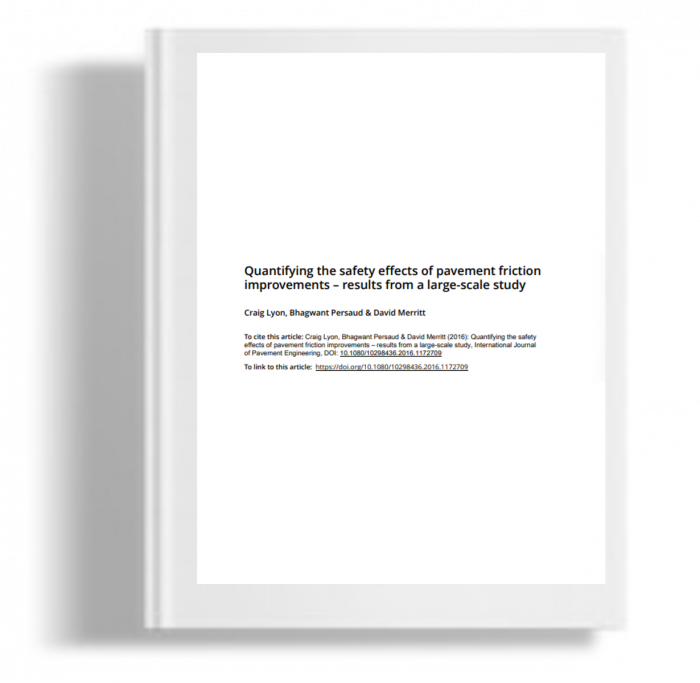Kami menggunakan cookies untuk membuat pengalaman Anda lebih baik. Untuk mematuhi petunjuk e-Pribadi yang baru, kami perlu meminta persetujuan Anda untuk menyetel cookies. Pelajari lebih lanjut .
Quantifying the safety eddects of pavement friction improvements - results from a large-scale study
It is fairly well understood that there is link between pavement friction and safety, or more specifically, the probability of wet-weather skidding crashes. However, robust knowledge on the comparative quantitative effects on safety for specific treatments that improve pavement friction, which can assist pavement engineers in economically justifying and prioritising treatments, is sparse. The large-scale study on which this paper is based aimed to firm up this knowledge for a variety of low-cost treatments and road classes, using state-of-the-art methodology and substantial, high-quality data-sets.
It is fairly well understood that there is link between pavement friction and safety, or more specifically, the probability of wet-weather skidding crashes. However, robust knowledge on the comparative quantitative effects on safety for specific treatments that improve pavement friction, which can assist pavement engineers in economically justifying and prioritising treatments, is sparse. The large-scale study on which this paper is based aimed to firm up this knowledge for a variety of low-cost treatments and road classes, using state-of-the-art methodology and substantial, high-quality data-sets. This was a retrospective study for pavement safety performance, looking back at crash data before and after treatments was implemented. Both flexible and rigid pavement treatments were analysed and crash modification factors were estimated for several target crash types and road classes. The majority of the friction improvement treatments considered under this effort are typically used for pavement preservation or minor rehabilitation purposes. Although pavement engineers recognise that these treatments generally improve safety, they are not typically installed by highway agencies explicitly for safety improvement objectives. The combined results for most treatment types confirmed nevertheless the safety benefits for wet-road crashes, with a few exceptions. For dry road crashes, there was some evidence of the deleterious effects of speed adaptation to new surfaces in that crashes increased for a few treatments on some road types.

